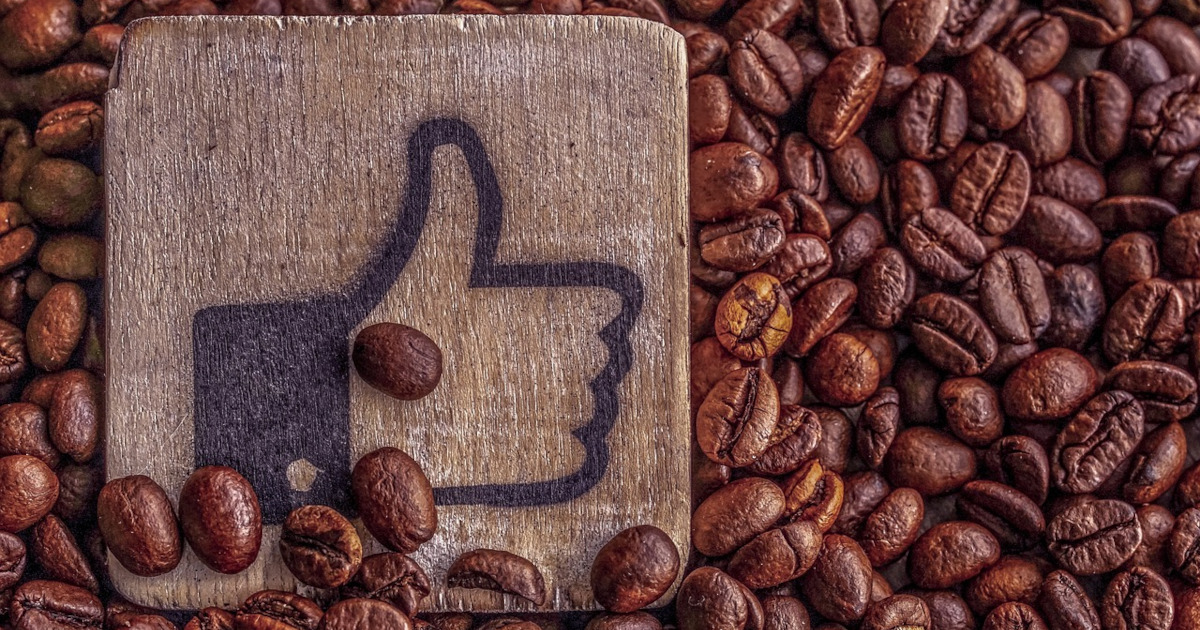
The Basics of Fair Trade Labels
February 13, 2023 | Source: FoodPrint | by Ryan Nebeker
With Valentine’s day around the corner, it seems like every end-aisle display in the grocery store is piled high with chocolate. You might not know it from its generally low price tag, but chocolate has a host of production issues, from child labor on cacao farms to issues with deforestation. Chocolate isn’t alone in this either: many of our everyday foods, like coffee, bananas and more, are tropical products with invisible supply chains. A number of labels, especially those that invoke “fair trade,” market themselves as a more ethical option, but they usually come at a price premium. So how can you tell if paying extra is worth it? How do fair trade products differ from their conventional counterparts? And does paying more for these products actually guarantee anything meaningful for the people who produced them?
What is the Fair Trade Movement?
At its core, fair trade is meant to empower producers in the Global South —economically disadvantaged countries where colonialism and ongoing economic exploitation have contributed to low incomes and standards of living, mostly in the southern hemisphere — by giving them a more equitable place to trade goods than they can normally access on the global market.
